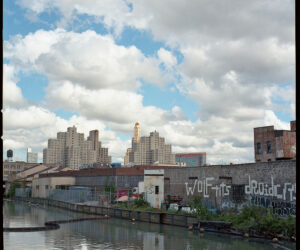The U.S. Environmental Protection Agency has released its proposed cleanup plan for the Gowanus Canal that includes removing some of the contaminated sediment and capping dredged areas. The proposal also includes controls to prevent raw sewage overflows and other land-based sources of contamination from compromising the cleanup. The cost of the cleanup plan is expected to be between $467 and $504 million.

The cleanup plan “will make essential progress in removing toxic contaminants from this heavily polluted and battered waterway,” said EPA Regional Administrator Judith A. Enck. “Our overall goal is to reduce pollution and protect the health of people who live and work in this community.”
The proposed plan includes various methods for managing the contaminated sediment after dredging, depending on the levels of contamination. The proposed methods include transporting the dredged sediment to an off-site permitted disposal facility, transporting it to a location where the sediment can be treated and the possible beneficial reuse of some of the sediment after treatment.
In addition, the proposed plan calls for additional controls to significantly reduce combined sewer overflows into the canal. The EPA is concerned that such overflows would contribute to the recontamination of the canal after its cleanup. The EPA is proposing that combined sewer overflow discharges from two major outfalls in the upper portion of the canal be outfitted with controls to reduce the total volume of discharges from those outfalls by 58% to 74%.
On March 2, 2010, EPA added the Gowanus Canal to the agency’s Superfund National Priorities List. Placing the Gownaus Canal on the list allows EPA to further investigate contamination at the site and develop an approach to address the contamination.

